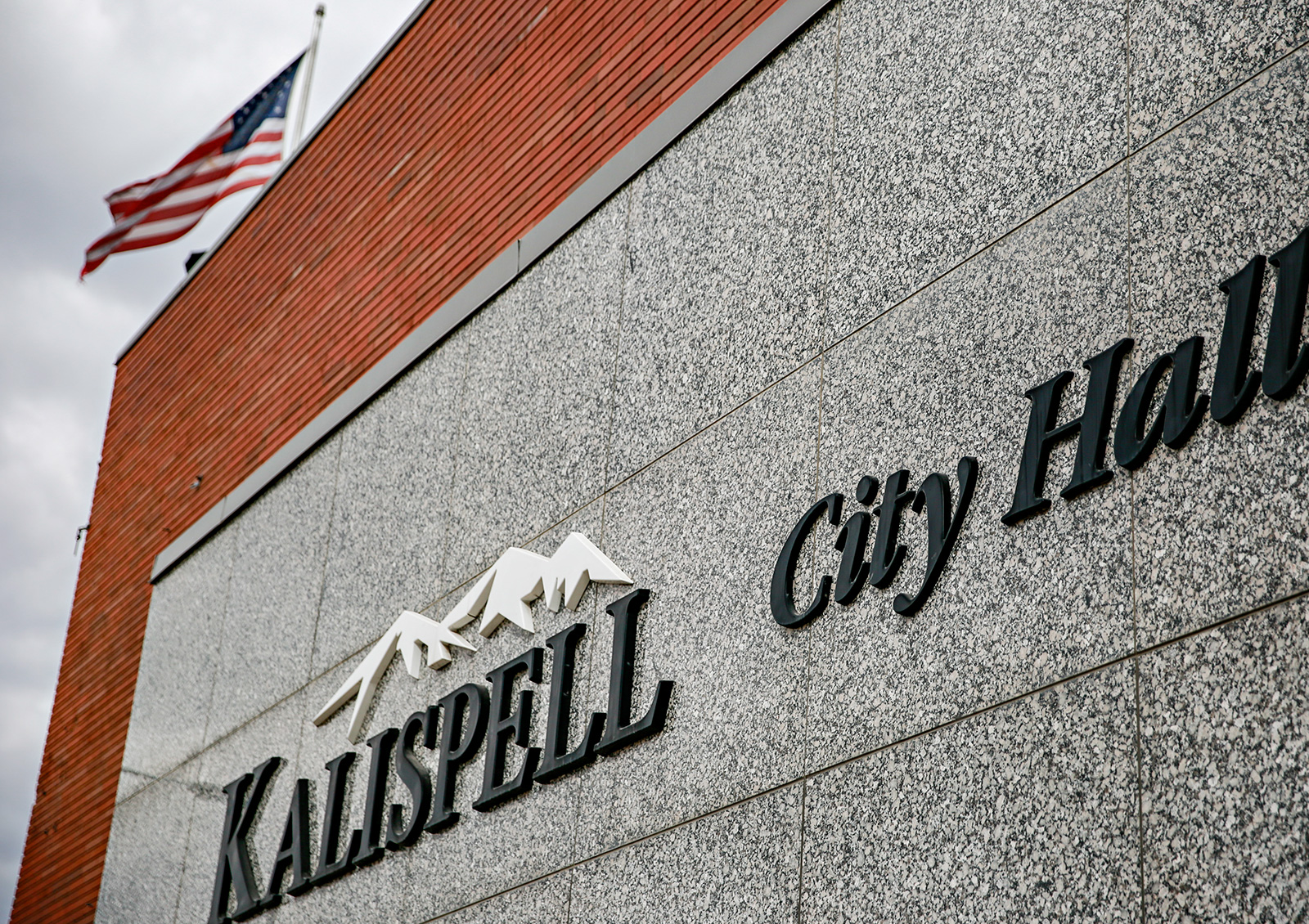The City of Kalispell is considering amending the downtown renewal plan to include workforce housing in two districts that would allow developers to apply for tax increment financing (TIF), which councilors examined at a Aug. 22 work session.
Families with household incomes between 80% and 120% of the area median income (AMI) could qualify for the workforce housing, if approved by council.
Under the amended Downtown Urban Renewal Plan, potential workforce housing could be developed in both the downtown and westside/core areas. When the plan was adopted in 2017, it was intended to promote economic development and employment, improve housing opportunities and expand the tax base.
According to the city staff report, the estimated AMI for a four-person family is $80,300 in Flathead County for fiscal year 2022. A four-person family’s income would need to be $63,500 to meet an 80% threshold while they would have to earn a maximum of $95,300 to meet 120% in order to qualify for the potential workforce housing.
Some councilors argued that an 80% AMI was too high considering the shortage of housing and the low wages in Kalispell.
There was also debate on what was considered workforce housing, which Development Services Director Jarod Nygren described as “the missing middle.”
According to the staff report, workforce housing is targeted at households earning too much income to qualify for traditional affordable housing subsidies, and U.S. Department of Housing and Urban Development (HUD) programs generally serve those earning less than 80% of median income for their area. Workforce housing is intended to serve those between 80% and 120% of median income, the report says.
Councilors Jessica Dahlman and Ryan Hunter suggested reducing the AMI below 80% to help individuals earning a lower income who might not qualify for HUD programs.
“It should be below 80%,” Hunter said. “Why would we not want to define it as broadly as possible to give us the most flexibility possible in using TIF dollars?”
Several Kalispell residents provided public comment during the work session who supported lowering the AMI.
“It’s really, really hard to find a place to live here and I would like to advocate for the people that define workforce housing lower than 80% … If we define workforce housing as 40 to 50% it frees up affordable, low-income housing for the people that really, really need it,” Mandy Gerth said during public comment.
Dahlman and Hunter also inquired about implementing a housing needs assessment to offer guidance, but city staff and other councilors argued a study would be outdated by the time it was completed and it would be a waste of funding.
“With a 0% vacancy in housing out there, I don’t think we need a housing study to know we need housing,” Nygren said.
